Molise. Winter landscapes from Pesche
2025
You may also like
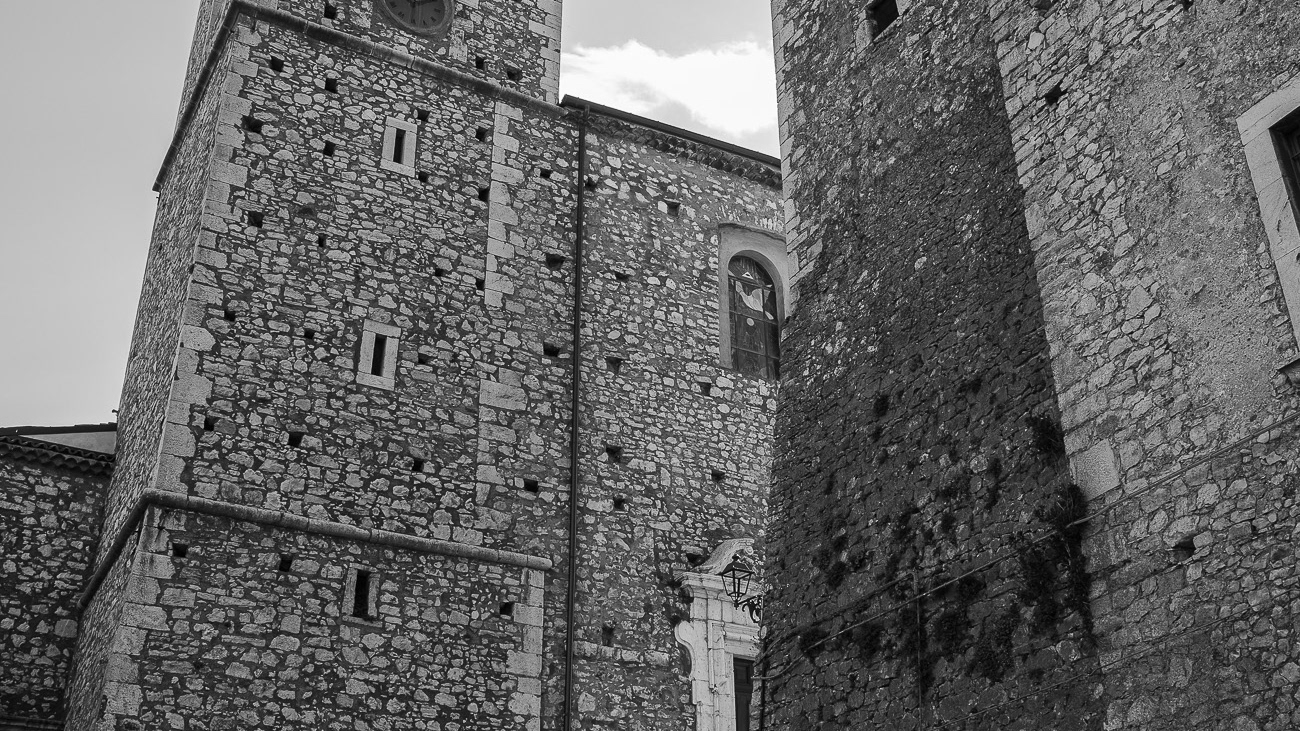
2023
Macchia d’Isernia. Church of San Nicola di Bari.
The church is located in the center of the village and dates back to the 14th century. it was restored in 1780, and dedicated to San Nicola di Bari in homage to Nicola d'Alena.
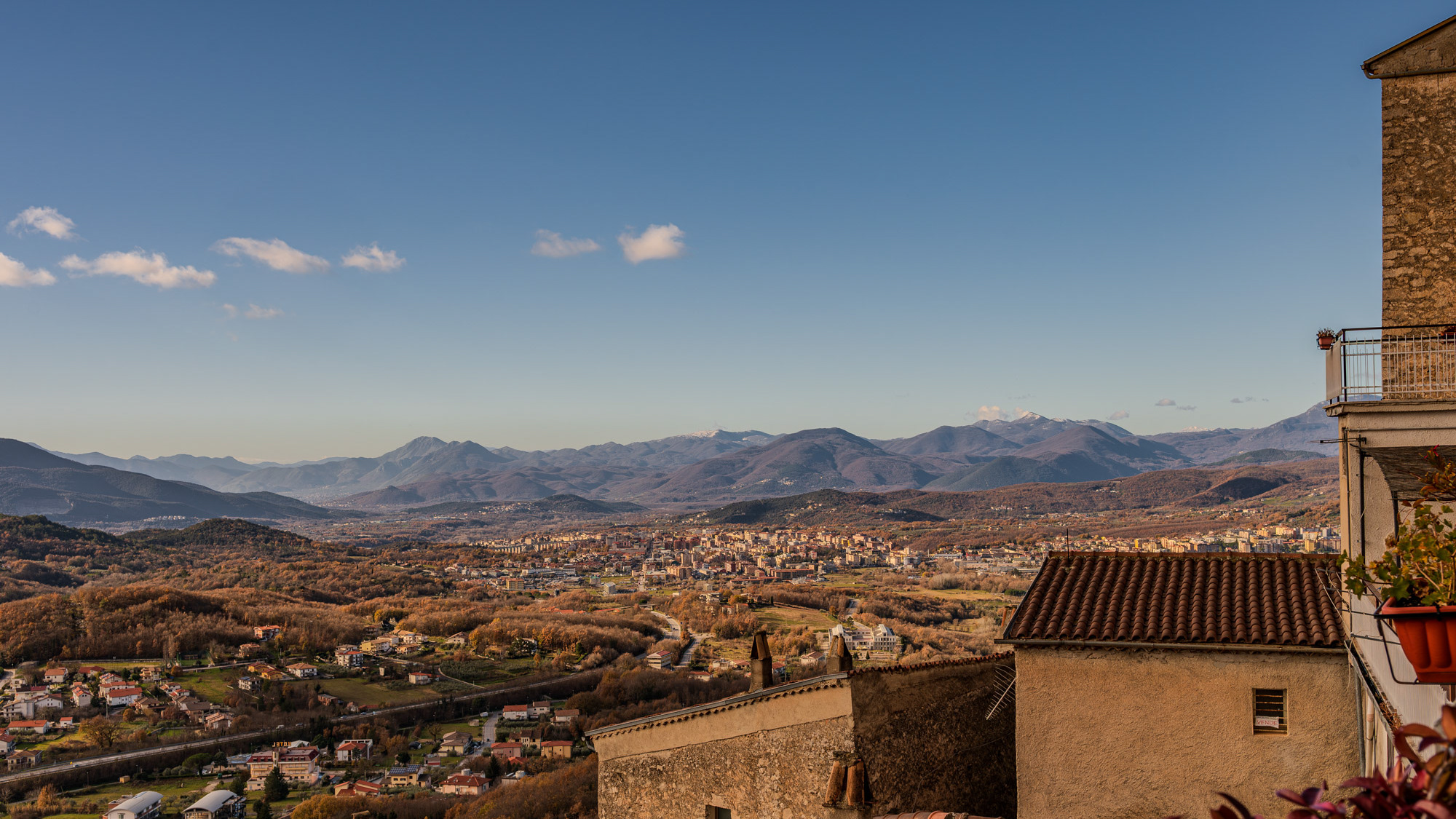
2025
Isernia. View from Pesche
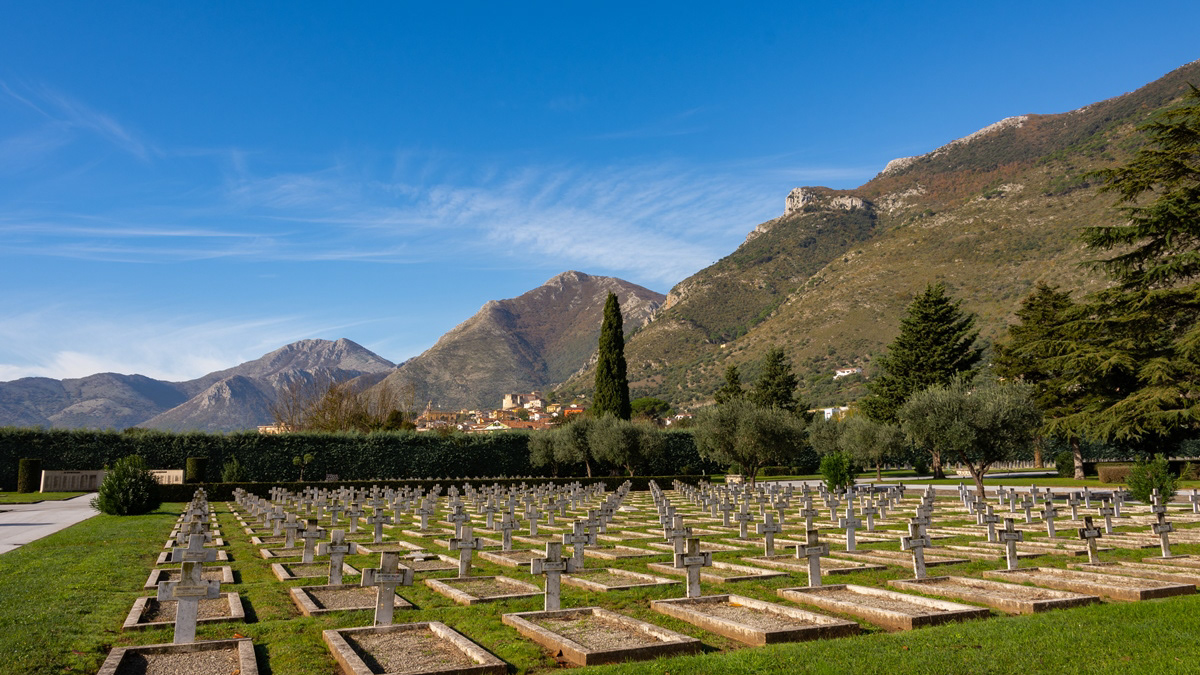
2018
Venafro, cimitero militare francese
Uscendo dalla città lungo la Strada statale 85 Venafrana direzione Isernia, su un'estesa zona pianeggiante (70.000 m²) si trova il cimitero di guerra francese, nel quale sono sepolti circa 6000 tombe di soldati del Corps Expeditionnaire Français (ma molte sono state esumate), di cui circa due terzi di origine marocchina, algerina e tunisina, oltre ad alcuni africani (senegalesi?), caduti in gran parte durante la battaglia di Cassino (nov.1943-mag.1944) e nell'aggiramento di Montecassino.
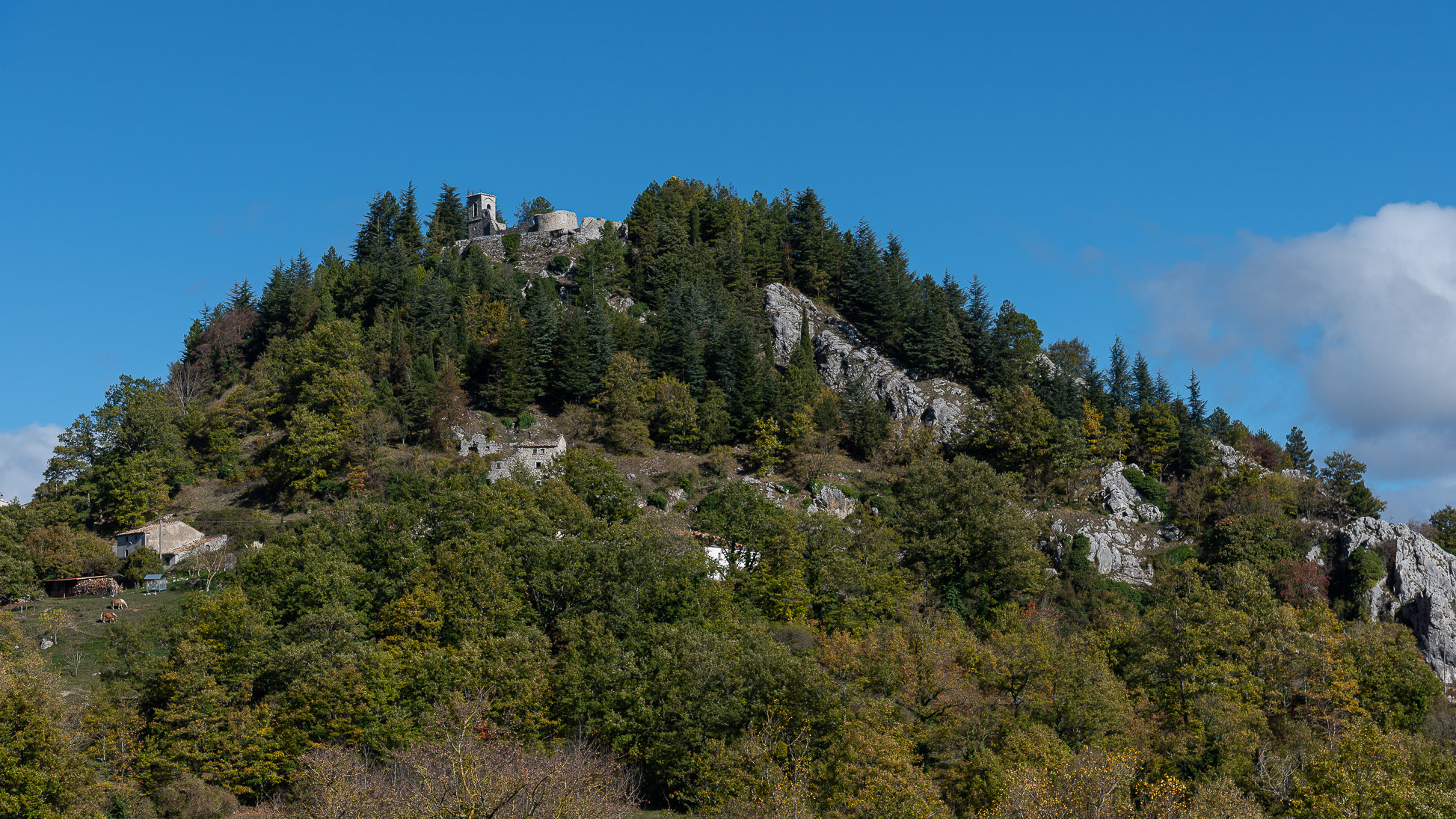
2022
Castiglione di Carovilli. The Ammond church
Ancient church located on the hill, dating back to the fifteenth century, which today, especially in the summer months, hosts theatrical and classical music events.
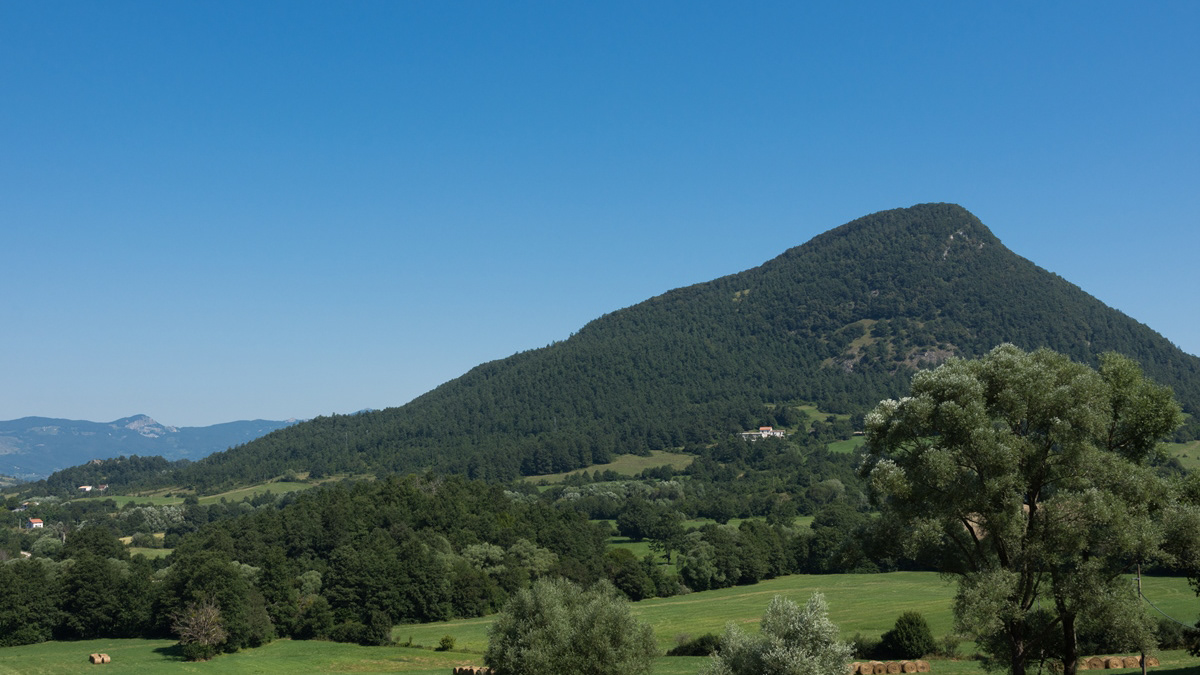
2018
Panorami
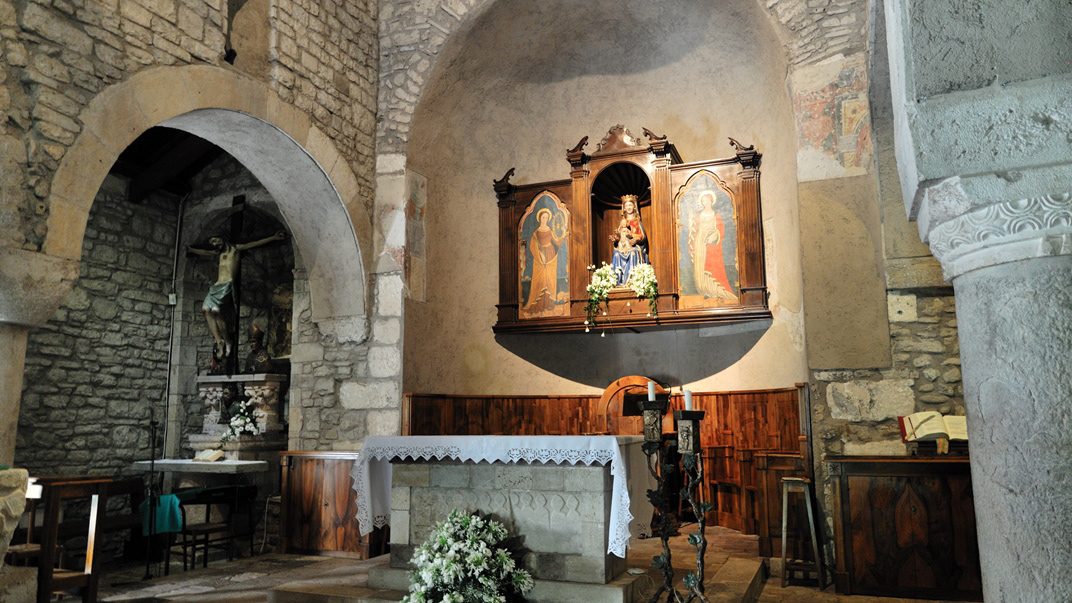
2015
Roccavivara (CB) Santuario della Madonna del Canneto
La chiesa giunta ai nostri giorni risale ai secoli XI-XII, ha pianta a croce latina, con tre absidi. La facciata non ha elementi decorativi rilevanti, se non un bassorilievo sulla lunetta del portale. Nei muri esterni della chiesa sono inserite lapidi e varie iscrizioni di epoca romana e medievale, mentre, sulla destra, si leva una possente campanile, ultimato nel 1329 ad opera dell'Abate Nicola, consistente in una torre merlata di stampo gotico con trifore sulle arcate. L'interno della chiesa è austero e a tre navate, ciascuna terminante con un'abside semicircolare. Lungo la navata centrale è collocato un pregevole ambone, finemente decorato, realizzato nel 1223, in parte con materiali di reimpiego più antichi. L’ambone è sostenuto da tre archi disuguali e, sotto il parapetto, si aprono sette piccole edicole: quella centrale doveva sostenere un’aquila che, con le sue ali spiegate, fungeva da leggio. Le altre sono occupate da sei monaci in altorilievo, intenti alle attività che rappresentano la regola monastica dell’ora et labora. Dietro l'altare maggiore è collocata la statua della Madonna di Canneto, risalente al XIV secolo, in stile gotico, e conosciuta anche come la Vergine del Sorriso. Nell’area adiacente la chiesa, sono presenti scavi archeologici che hanno riportato alla luce resti di una Villa romana del I secolo d.C.
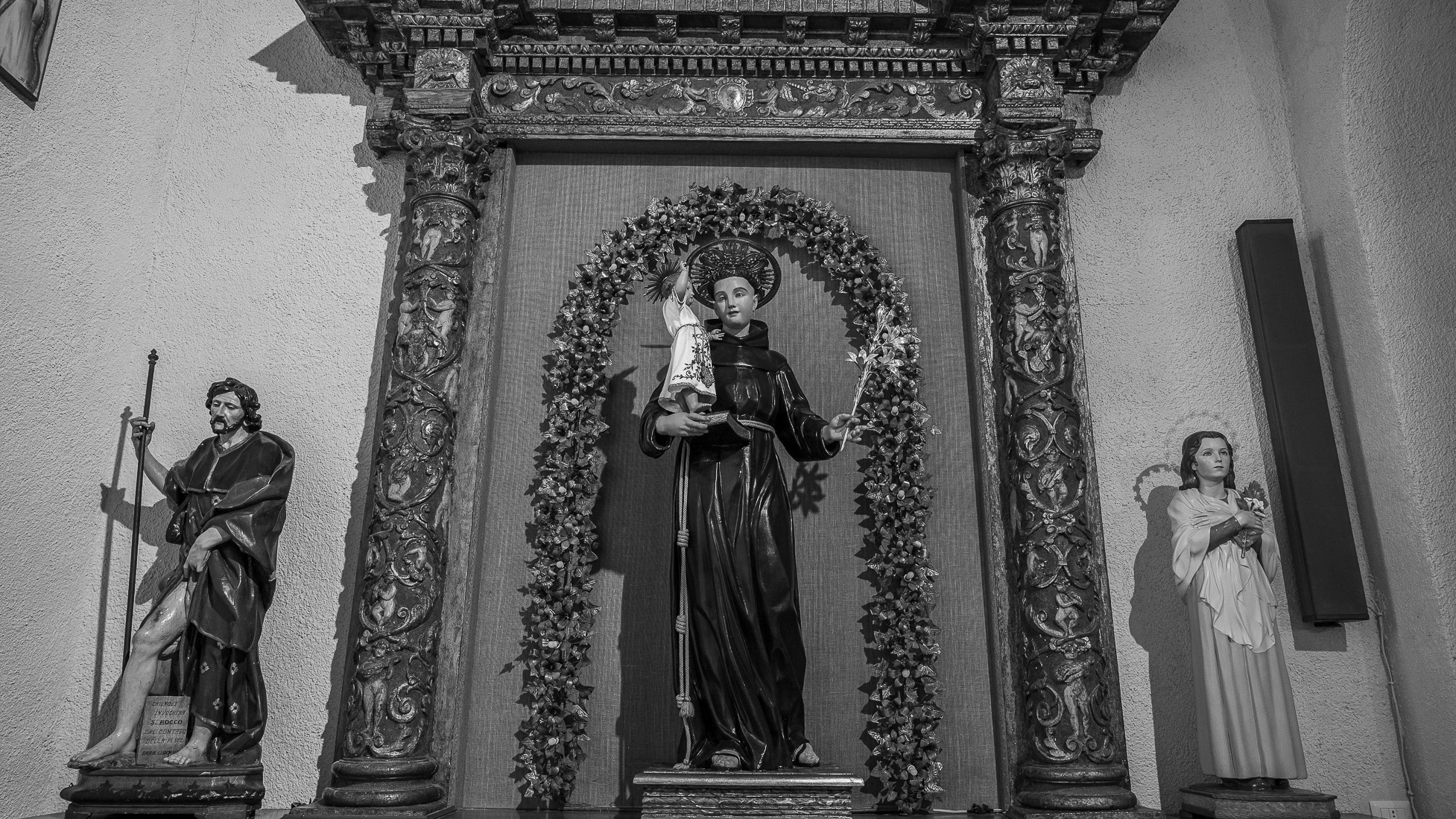
2023
Roccasicura. Church of St. Leonard of Limoges
Founded by the Longobards, it has maintained the old appearance of a small chapel with a single nave. The portal retains its 12th century appearance with a simple arch and lunette.
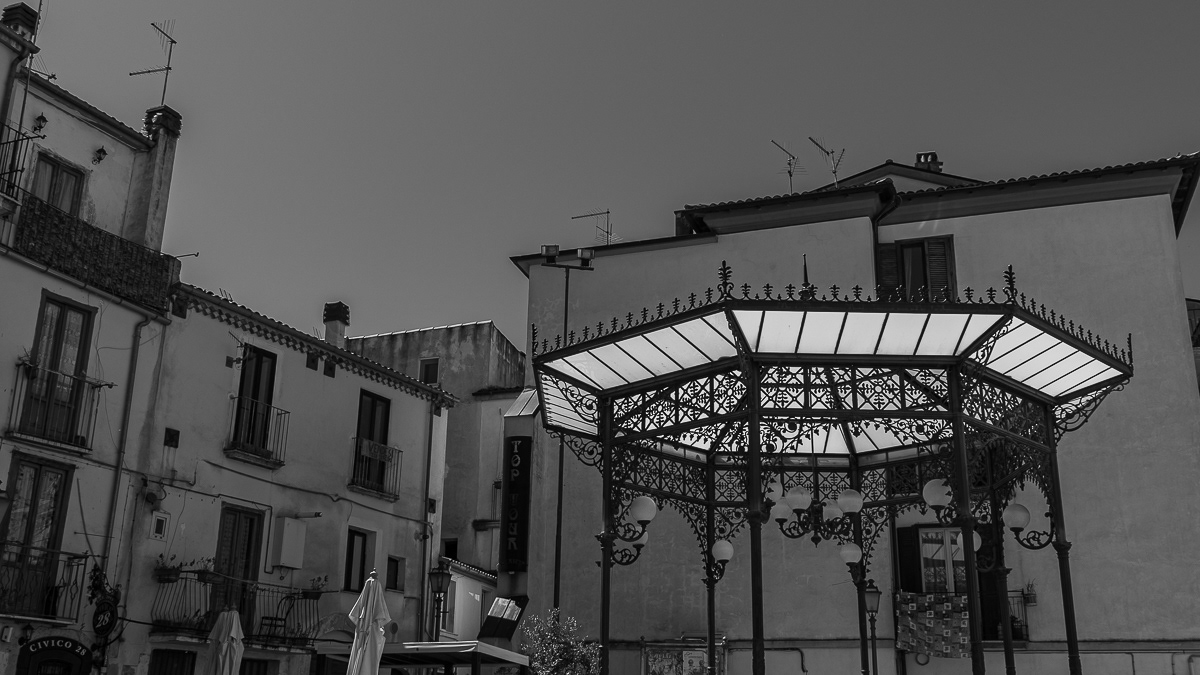
2021
Isernia, scorci
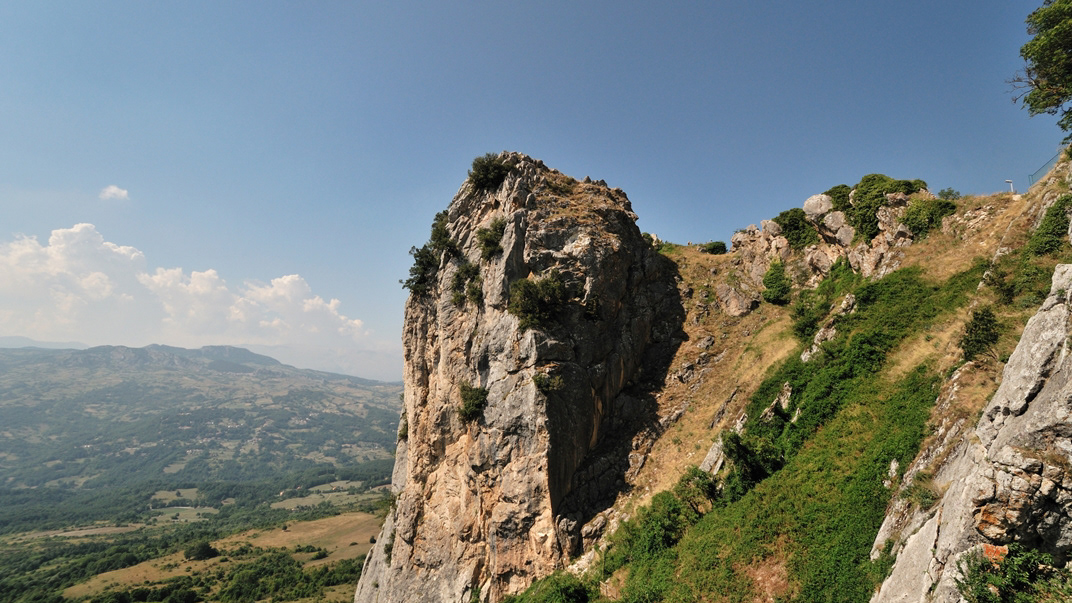
2015
Pescopennataro (IS)
Pescopennataro è un comune italiano di 269 abitanti della provincia di Isernia in Molise. Fino al 1790 è stato parte integrante del Giustizierato d'Abruzzo e dell'Abruzzo Citeriore del Regno di Napoli e del Regno delle Due Sicilie. La porta arcuata medievale, detta "Porta di sopra". Mediante questa si accede alla chiesa madre. La chiesa di San Bartolomeo apostolo (1654), ricostruita nel XX secolo dopo le distruzioni delle guerre mondiali. Di particolare interesse sono l'altare maggiore con l'annesso tabernacolo in legno, i 6 altari minori laterali, un pulpito dello stesso materiale del tabernacolo, un organo da chiesa ed una originale acquasantiera. La chiesa della Madonna delle Grazie. L'Eremo di San Luca, situato nel bosco e nel territorio del comune di Sant'Angelo del Pesco. La fontana di Piazza del Popolo, opera dell'architetto De Lallo. Il Museo della Pietra "Chiara Marinelli". Il Belvedere del Guerriero Sannita.
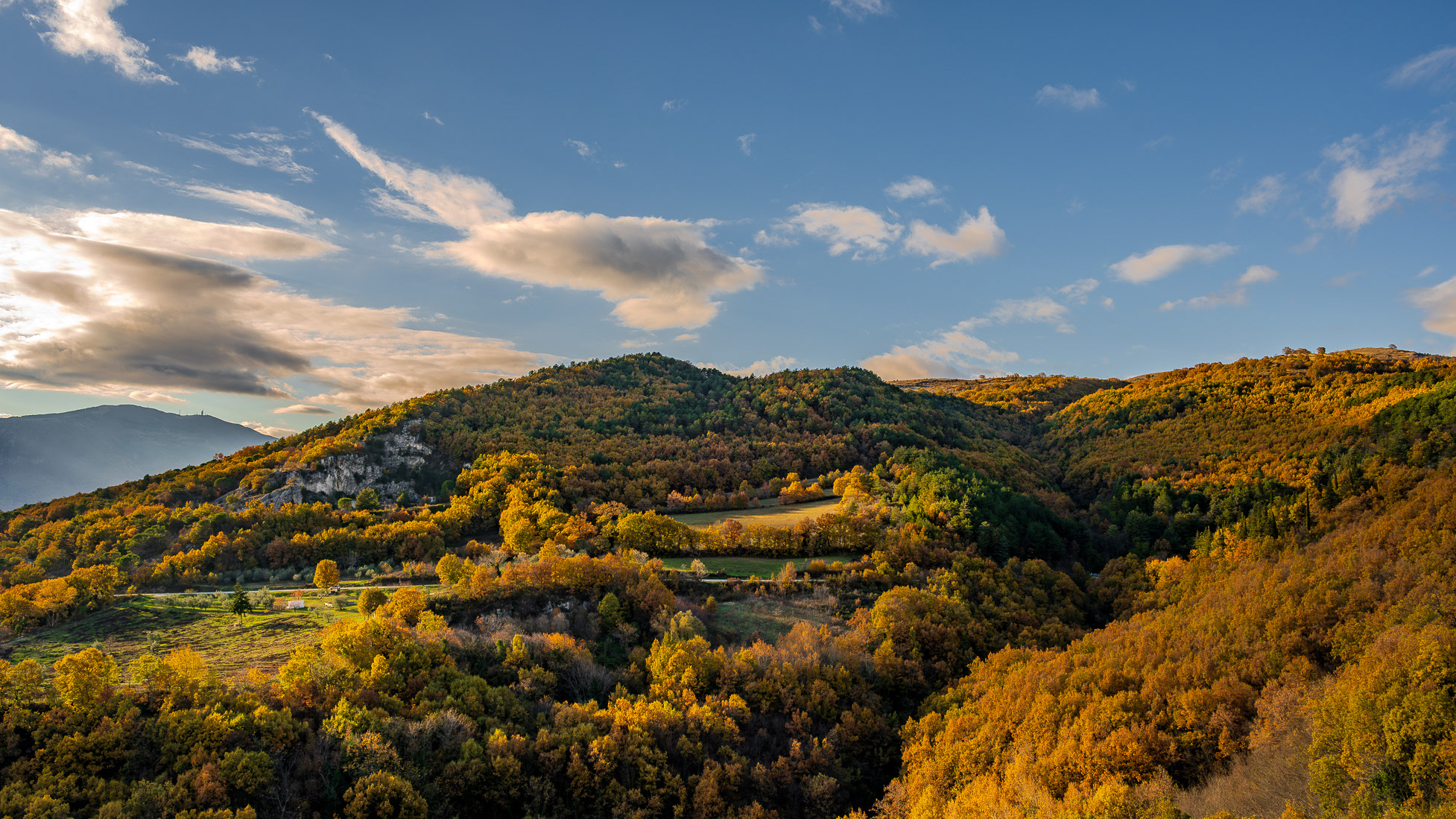
2024
Spectacular autumn landscape
